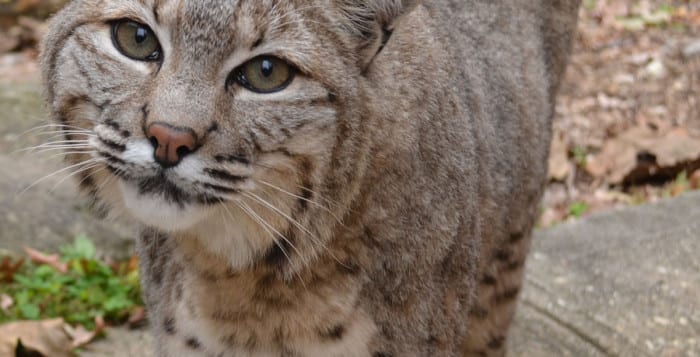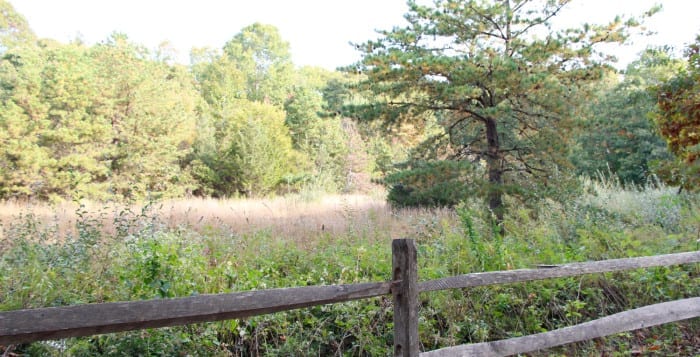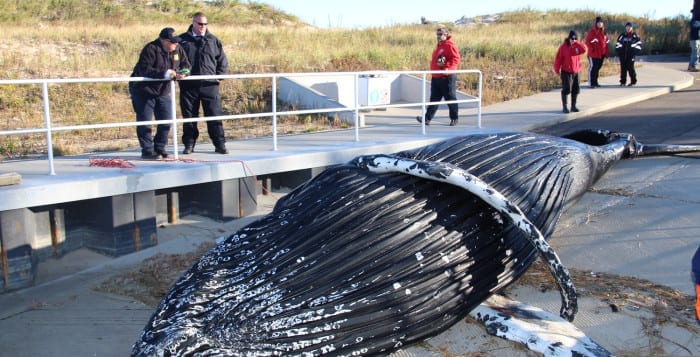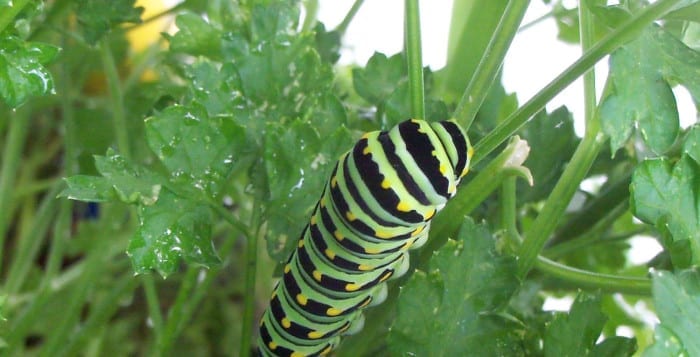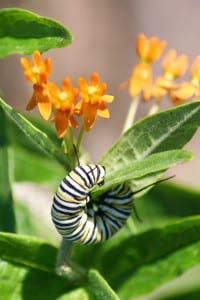The deer debate has hit Head of the Harbor.
Residents sounded off on the ongoing deer management discussion at Village Hall last Wednesday night, and after hearing residents’ concerns with the initial resolution proposed last month to allow more hunting, the board of trustees withdrew consideration.
The law was originally written to amend the village code to enable hunting of deer pursuant to the New York State Department of Environmental Conservation authorization. But trustees said it was rescinded so as to allow more time for thought before action.
“We retracted that law and it is completely off the table,” trustee Judith C. Ogden said.
The board created an advisory committee that will consider and report to the board on a local deer management program. The committee is expected to give a report to the board by Dec. 31, Ogden said.
Mayor Douglas A. Dahlgrad said it is his hope that the committee will meet with other villages and towns to see how they are handling their deer issues, as well as with the DEC. Residents continued to voice their distress for how the board will handle this issue in the upcoming months.
George Kaloyanides, a Head of the Harbor resident, said this issue has garnered more interest than any other in the 30 years he’s lived here. He said he hopes that this issue is dealt with as transparently as possible as it goes forward.
“I hope you [the board] would consider expanding this charge to include polling residents of the village to see how many people see the deer as a problem,” Kaloyanides said. “In the intent of eliminating concerns, I think a majority vote of the proposed actions would help.”
John Lendino, a Head of the Harbor resident, questioned the board’s judgment for the handling of communications on this issue. He said that notices of the public hearing were hidden under several other documents on bulletin postings around the town.
“All these people tonight wouldn’t even be here if it wasn’t for me,” Lendino said.
Jeffrey Malkan, a Head of the Harbor resident, said that a vote should be included for this issue on this year’s ballot so voters can say if they approve.
“The final word should belong to the people,” Malkan said. “In the interest of avoiding controversy, it should go back to the residents as a referendum.”
Chairman Michael Utevsky will head the committee along with eight other members and trustee liaison Deputy Mayor Daniel White.
A public hearing was held in early September where residents were concerned not only with the proposal, but also the way village hall handled alerting citizens on the issue.
Julie Korneffel, a Head of the Harbor resident, was unhappy with how little notice she was given about this issue before it came to town hall.
“There is a big concern for transparency now,” Korneffel said. She also felt that the code written “seemed purposely vague.”


